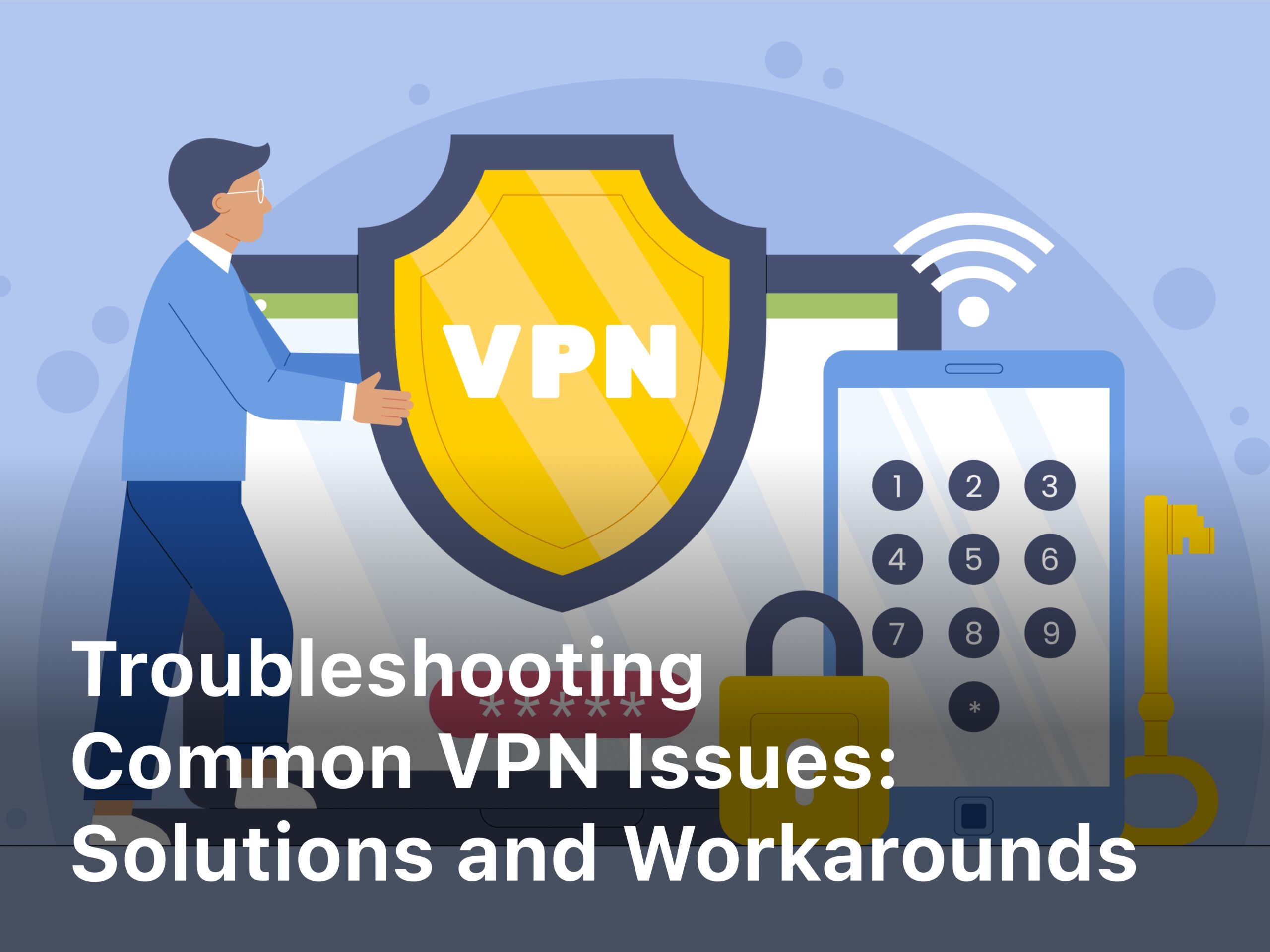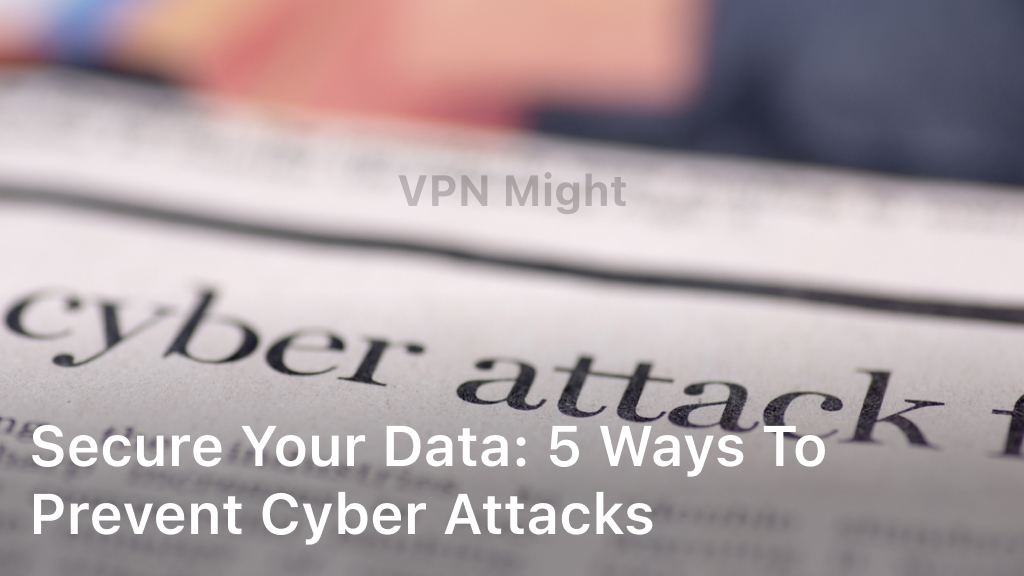Common Types Of Cyberattacks You Should Aware
Welcome to our informative article on the common types of cyberattacks and cybersecurity threats that you should be well aware of to ensure your online security. In today’s digital age, the risk of online security breaches is higher than ever. Therefore, it is crucial to understand the different types of cyberattacks and the potential risks they pose.
Cybersecurity threats come in various forms, ranging from network hacking methods to phishing attack types, malware distribution methods, ransomware strategies, and data breach methods. By familiarizing yourself with these common cybercrime techniques, you can take proactive steps towards safeguarding your personal information and preventing online security breaches.
Network Hacking Methods

In today’s interconnected world, cybercriminals are constantly evolving their tactics to gain unauthorized access to computer networks. In this section, we will explore the network hacking methods employed by these malicious actors and the potential consequences they can have on individuals and organizations.
One common network hacking method is phishing, which involves tricking users into revealing sensitive information such as passwords or credit card details through fraudulent emails or websites. Another technique used by hackers is brute-force attacks, where they attempt to guess login credentials by systematically trying various combinations.
Furthermore, cybercriminals may utilize man-in-the-middle attacks to intercept and alter communications between two parties. This allows hackers to eavesdrop on sensitive information or inject malicious content into legitimate data transmissions.
Denial-of-Service (DoS) attacks are also a prevalent network hacking method, where hackers overload a targeted system or network with an overwhelming amount of traffic, rendering it inaccessible to legitimate users. This can severely impact businesses and individuals who heavily rely on the availability of online services.
Additionally, SQL injection attacks exploit vulnerabilities in web applications that do not properly sanitize user inputs, allowing hackers to execute harmful SQL commands that can bypass authentication or gain unauthorized access to databases.
To provide a comprehensive understanding, here is a table summarizing some common network hacking methods:
| Hacking Method | Description |
|---|---|
| Phishing | Tricking users into revealing sensitive information through fraudulent emails or websites |
| Brute-Force Attacks | Systematically trying various combinations to guess login credentials |
| Man-in-the-Middle Attacks | Intercepting and altering communications between two parties to eavesdrop on sensitive information |
| Denial-of-Service (DoS) Attacks | Overloading a targeted system or network with excessive traffic to render it inaccessible |
| SQL Injection Attacks | Exploiting vulnerabilities in web applications to execute harmful SQL commands |
It’s crucial for individuals and organizations to be aware of these network hacking methods and take proactive measures to protect their networks and systems. Implementing robust security measures, such as firewall systems, secure coding practices, and regular security updates, can help mitigate the risks posed by these cybersecurity threats.
Phishing Attack Types
Phishing attacks are a prevalent form of cybercrime that targets individuals for sensitive information. Cybercriminals employ various strategies to deceive users into revealing personal data, including usernames, passwords, and financial details. Let’s explore the different types of phishing attacks and learn how to identify and prevent falling victim to these cybersecurity threats.
Credentials Phishing
In credentials phishing attacks, cybercriminals masquerade as legitimate institutions or organizations, such as banks, online retailers, or social media platforms. They send fraudulent emails or messages that appear authentic and prompt users to provide their login credentials. Once the users unwittingly enter their information on a malicious website or reply to the phishing email, the attackers gain access to their accounts and can exploit the compromised data for fraudulent activities.
Spear Phishing
Spear phishing attacks are highly targeted and personalized. Cybercriminals extensively research their victims’ backgrounds and use their knowledge to craft tailored phishing emails. By incorporating personal information or referencing specific organizations, the attackers gain the users’ trust and increase the likelihood of them divulging sensitive information. Often, spear phishing attacks aim to gather corporate credentials or gain access to confidential data within an organization.
Smishing
Smishing is a phishing attack that occurs through text messages or SMS (Short Message Service). Cybercriminals send text messages, often disguised as important notifications or alerts, to trick users into clicking on malicious links or responding with personal information. Smishing attacks are particularly dangerous as many people are more likely to trust text messages compared to emails or other forms of communication.
Pharming
Pharming attacks involve redirecting users from legitimate websites to fake ones without their knowledge. Cybercriminals achieve this by manipulating DNS (Domain Name System) settings or compromising vulnerable routers. Once users land on the malicious website, their sensitive information, such as login credentials or financial details, is captured and used for malicious purposes. Pharming attacks can affect a large number of individuals, as users can inadvertently end up on fake websites while attempting to access legitimate online services.
| Phishing Attack Type | Description |
|---|---|
| Credentials Phishing | Impersonating reputable institutions to deceive users into disclosing login credentials. |
| Spear Phishing | Customizing phishing emails to target specific individuals or organizations. |
| Smishing | Using text messages to trick users into revealing personal information or clicking on malicious links. |
| Pharming | Redirecting users from legitimate websites to fake ones to capture sensitive information. |
Malware Distribution Methods
Cybercriminals employ various techniques to distribute malware, posing significant cybersecurity threats to individuals and organizations alike. Understanding these tactics is crucial in safeguarding your systems and devices from malicious software.
Email Attachments
Cybercriminals often use deceptive email attachments to distribute malware. They craft convincing emails that entice recipients to open the attached files, which contain hidden malware. Once opened, the malware can infiltrate the system, compromising security and stealing sensitive information.
Drive-by Downloads
Another common method of malware distribution is through drive-by downloads. Cybercriminals exploit vulnerabilities in websites, injecting malicious code that is automatically downloaded onto users’ devices when they visit the compromised sites. This method requires no user interaction and poses significant risks, as users may unknowingly download malware simply by visiting a seemingly harmless website.
Malvertising
Cybercriminals leverage online advertising networks to distribute malware through malicious advertisements, often referred to as malvertising. They create deceptive ads that appear legitimate, tempting users to click on them. Once clicked, the ads redirect users to websites that host malware, infecting their systems with malicious software.
File-sharing Networks
File-sharing networks can unknowingly serve as a breeding ground for malware distribution. Cybercriminals disguise malware as legitimate files and upload them to these networks, enticing users to download and execute the infected files. This method exploits users’ trust in shared files and can lead to widespread infections.
Examples of Malware Distribution Methods
| Malware Distribution Method | Description |
|---|---|
| Email Attachments | Cybercriminals use deceptive email attachments to infect systems with malware. |
| Drive-by Downloads | Malware is automatically downloaded onto users’ devices when they visit compromised websites. |
| Malvertising | Cybercriminals distribute malware through deceptive advertisements. |
| File-sharing Networks | Cybercriminals disguise malware as legitimate files on file-sharing networks. |
Having robust antivirus protections is essential in mitigating the risks associated with malware distribution methods. Regularly updating your security software and being cautious when opening email attachments or visiting unfamiliar websites can help protect your devices and data from malicious attacks.
Ransomware Strategies
Ransomware is a highly dangerous form of cyberattack that can have devastating consequences for individuals and organizations. In this section, we will explore the strategies used by cybercriminals to carry out ransomware attacks, as well as provide guidance on mitigating the risks associated with such threats.
1. Phishing Emails and Malicious Downloads
Cybercriminals often rely on phishing emails and malicious downloads as a means to deliver ransomware to their targets. They craft convincing emails that appear to be from reputable sources, urging recipients to click on a link or download an attachment. Once executed, the ransomware encrypts the victim’s data, rendering it inaccessible.
To protect against these strategies, it is crucial to be cautious when opening emails from unknown senders or clicking on suspicious links. Always verify the legitimacy of an email before interacting with its contents. Additionally, refrain from downloading files from untrusted sources.
2. Exploiting Vulnerabilities in Software
Cybercriminals actively search for vulnerabilities in software and operating systems to exploit them for ransomware attacks. Outdated software and unpatched systems provide opportunities for attackers to gain unauthorized access and deploy ransomware.
Regularly update your software and operating systems to ensure the latest security patches are applied. Implementing a robust patch management process is essential for mitigating the risks associated with this strategy.
3. Remote Desktop Protocol (RDP) Attacks
Ransomware operators can also exploit weak or unprotected Remote Desktop Protocol (RDP) connections to gain access to systems and deploy their malicious software. This method allows them to bypass traditional security measures and launch ransomware attacks directly on the target network.
To mitigate the risk of RDP attacks, ensure that secure remote access protocols are used, such as VPNs, two-factor authentication, and strong passwords. Regularly monitor and log RDP connections to detect any suspicious activity.
4. Double Extortion
A relatively recent strategy employed by ransomware operators is double extortion. In addition to encrypting the victim’s data, attackers also steal sensitive information and threaten to expose or sell it if the ransom is not paid. This tactic increases the pressure on victims to comply with the ransom demands.
To safeguard against double extortion, it is essential to implement robust data backup and recovery systems. Regularly back up your data to an offline or cloud storage solution to ensure you have a clean copy should a ransomware attack occur.
5. Collaboration and Ransomware-as-a-Service (RaaS)
Cybercriminals have increasingly adopted collaboration and ransomware-as-a-service (RaaS) models, allowing them to share resources, tools, and expertise to launch larger-scale ransomware campaigns. This approach lowers the barrier of entry for less technically skilled individuals, resulting in a higher volume of attacks.
Combatting these strategies requires organizations to strengthen their cybersecurity defenses. Implementing robust security solutions, conducting regular employee training, and practicing good cyber hygiene are crucial in preventing and mitigating the impact of ransomware attacks.
By understanding the strategies employed by ransomware operators, individuals and organizations can take proactive measures to protect themselves from these cybersecurity threats. Vigilance, regular software updates, and robust security practices are essential to maintaining online safety in an increasingly digital world.
Data Breach Methods
Cybercriminals employ various tactics to carry out data breaches, putting sensitive information at risk. By understanding these data breach methods, you can better protect yourself from cybersecurity threats and online security breaches.
Social Engineering
Social engineering is a common technique used by cybercriminals to manipulate individuals into revealing confidential information. They may masquerade as trustworthy entities or use persuasive techniques to trick people into providing login credentials or personal data.
Weak Passwords and Password Attacks
One of the easiest ways for cybercriminals to gain unauthorized access is through weak passwords. They can use automated tools to crack passwords or employ various password attacks, such as brute force attacks and dictionary attacks.
Phishing and Spear Phishing
Phishing involves sending deceptive emails or messages to trick users into clicking on malicious links or downloading malicious attachments. Spear phishing is a more targeted approach, where cybercriminals personalize the phishing attempt, making it look more genuine and increasing the chances of success.
Malware and Exploits
Cybercriminals can use malware, such as keyloggers, ransomware, or spyware, to gain unauthorized access to systems and steal sensitive data. They exploit vulnerabilities in software or operating systems, often targeting unpatched systems or outdated software.
Insider Threats
Dangers can also arise from within an organization. Insiders with authorized access to sensitive data may intentionally or unintentionally leak information, compromising the security of the data and facilitating data breaches.
Third-Party Data Breaches
Data breaches can also occur through third-party vendors or partners that have access to an organization’s systems. If these third-party entities have inadequate security measures in place, cybercriminals may exploit their vulnerabilities to gain access to sensitive data.
It is crucial to stay updated on the latest data breach methods and take proactive steps to enhance your online security. By using strong passwords, being cautious of phishing attempts, keeping software up to date, and implementing security measures like encryption and multi-factor authentication, you can significantly reduce the risk of falling victim to data breaches.
Conclusion
In conclusion, it is crucial to be knowledgeable about the common types of cyberattacks and to proactively safeguard yourself online. By understanding the various cybersecurity threats, you can effectively protect your personal information and minimize the risks associated with cybercrime. It is important to remain vigilant and prioritize online security at all times.
With the advancement of technology, cybercriminals continue to develop new cybercrime techniques. Online security breaches, data breach methods, network hacking methods, phishing attack types, malware distribution methods, and ransomware strategies are constantly evolving. To stay ahead, it is essential to stay informed and adapt your security measures accordingly.
Remember, maintaining strong security practices is the key to protecting yourself from cyberattacks. Regularly update your software and systems, use strong and unique passwords, enable two-factor authentication, and exercise caution when opening email attachments or clicking on suspicious links. Additionally, consider using reputable antivirus software and regularly back up your important data to minimize the impact of a potential breach.
FAQ
What are the common types of cyberattacks?
Common types of cyberattacks include malware attacks, phishing attacks, ransomware attacks, DDoS attacks, and social engineering attacks.
What are cybersecurity threats?
Cybersecurity threats refer to various risks and vulnerabilities that can compromise the confidentiality, integrity, and availability of computer systems and networks. These threats can include malware, hacking, data breaches, phishing, and ransomware attacks, among others.
How do online security breaches occur?
Online security breaches can occur through various methods, including exploiting software vulnerabilities, social engineering, phishing attacks, weak passwords, and inadequate security measures.
What are network hacking methods?
Network hacking methods involve unauthorized access to computer networks through techniques like network scanning, password cracking, SQL injection, and man-in-the-middle attacks.
What are the different types of phishing attacks?
Phishing attacks can take various forms, such as email phishing, spear phishing, vishing (voice phishing), and smishing (SMS phishing). These attacks typically involve tricking individuals into divulging sensitive information or clicking on malicious links.
How do cybercriminals distribute malware?
Cybercriminals distribute malware through methods like email attachments, malicious websites, infected software downloads, USB drives, and exploit kits. They often disguise malware as legitimate files or use social engineering techniques to encourage users to open infected files or visit compromised websites.
What strategies do cybercriminals use for ransomware attacks?
Cybercriminals employ various strategies for ransomware attacks, including malicious email attachments, exploit kits, compromised websites, and remote desktop protocol (RDP) vulnerabilities. Once a system is infected, ransomware encrypts the victim’s files and demands a ransom payment in exchange for the decryption key.
How do cybercriminals carry out data breaches?
Data breaches can occur through methods like exploiting software vulnerabilities, SQL injection attacks, stolen credentials, physical theft of devices, insider threats, and targeted social engineering attacks. These breaches can result in unauthorized access to sensitive information and potential harm to individuals and organizations.




